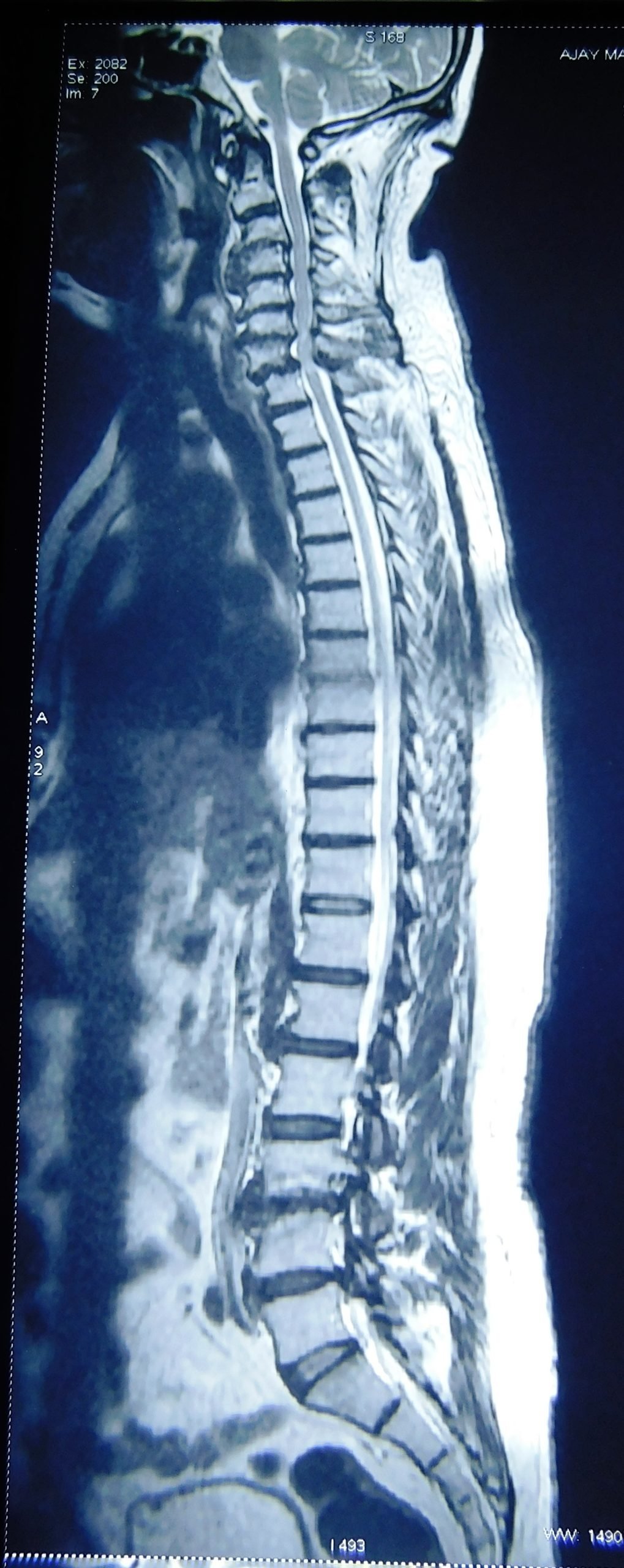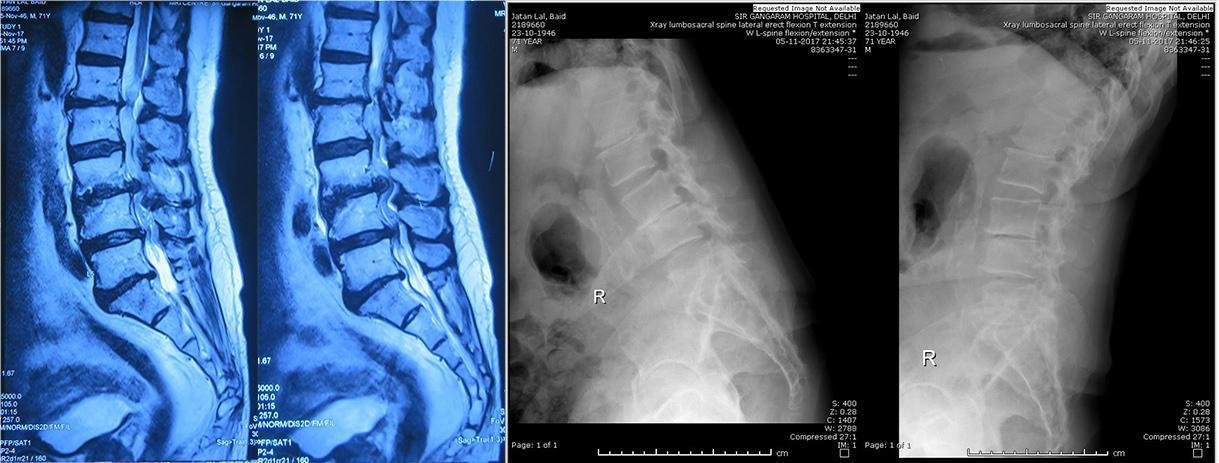
Treatments Available
Dr. Shankar Acharya offers a variety of treatments, including:
-
Medications to manage pain and inflammation
-
Physical therapy to improve strength and flexibility
-
Steroid injections for pain relief
-
Surgery in severe cases to relieve pressure on the spine
Dr. Acharya’s 30 years of experience as a spine specialist means he can help you find the best treatment option based on your individual needs.
Treatment Options
2 Cervical Spinal Stenosis
Cervical spinal stenosis is a condition where the spinal canal in the neck (cervical spine) becomes narrow, putting pressure on the spinal cord and nerves. This narrowing can happen due to aging, wear and tear, or arthritis.

Symptoms
People with cervical spinal stenosis may experience pain, numbness, or tingling in their neck, shoulders, arms, or hands. Some may also have weakness in their limbs or issues with balance, which can make daily activities challenging.
Treatment Options
-
Non-Surgical Treatments: Medications, physical therapy, and lifestyle changes can often help relieve symptoms. Many patients find relief with these approaches.
-
Surgery: If symptoms are severe or if there is risk of nerve damage, surgery may be recommended to relieve pressure on the spinal cord and nerves.



